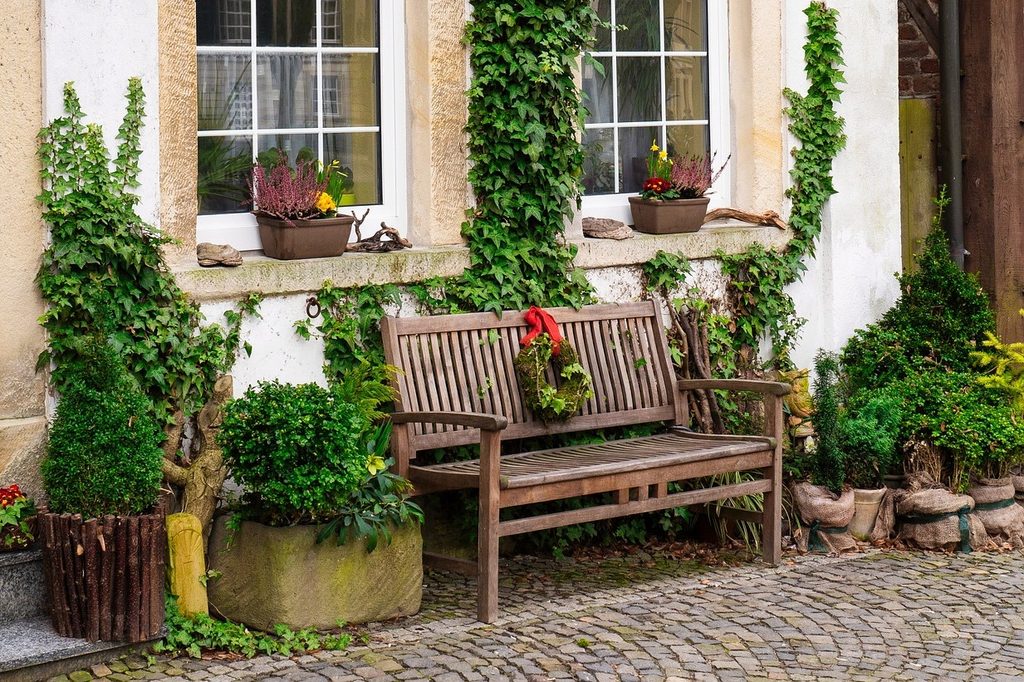
Ivy can look incredibly elegant climbing up a wall or winding around a fence. You can even grow ivy indoors if you’re careful to keep it under control. Ivy makes a lovely addition to vertical gardens, but it can also grow in containers, be left to climb over fences, or be used to decorate outdoor structures. If you’ve decided that your home or garden could use a touch of ivy, then you’ll need to choose the right ivy for your garden. This guide to the different types of ivy will introduce you to six wonderful versions that will look great in your garden.
English ivy
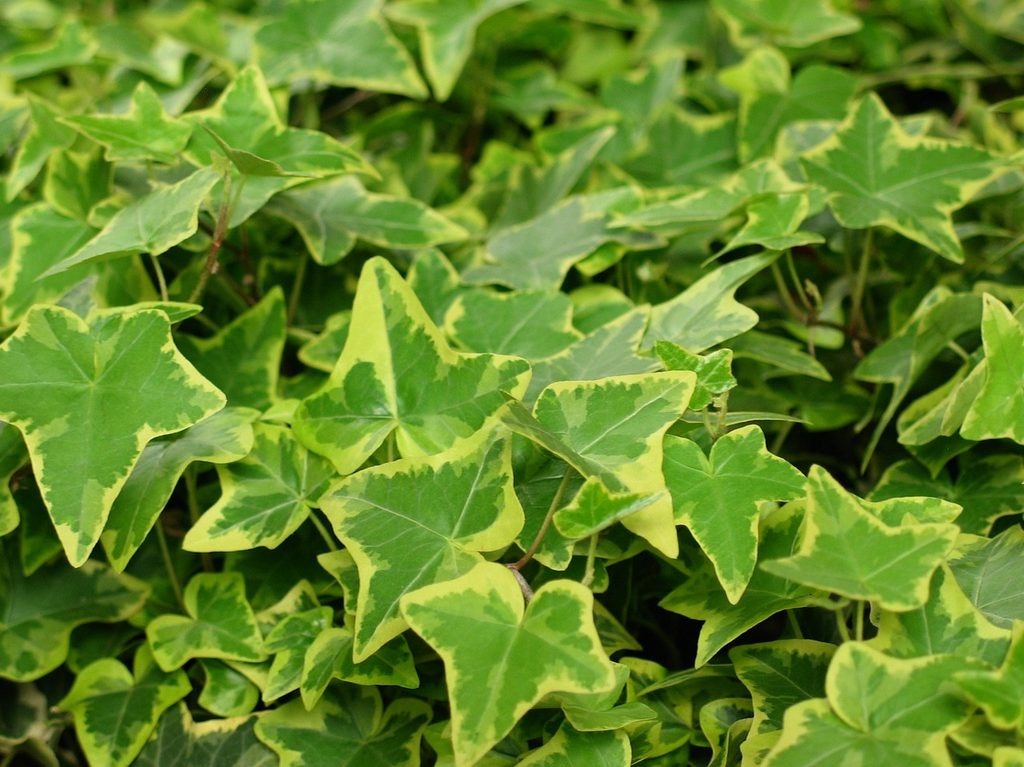
English ivy is sometimes also called common ivy, and for good reason. This is the most commonly grown ivy, making it easy to spot in gardens, parks, and nurseries. If you picture ivy in your head, odds are you’re thinking of English ivy. This classic ivy is easy to grow indoors or in gardens, flourishing in shade or mixed sun and shade. Its leaves come in a variety of green colors, including some variegated varieties. However, it isn’t native to the U.S. and can spread out of gardens and into the surrounding area. Regular pruning to keep its growth in check is important.
Boston ivy
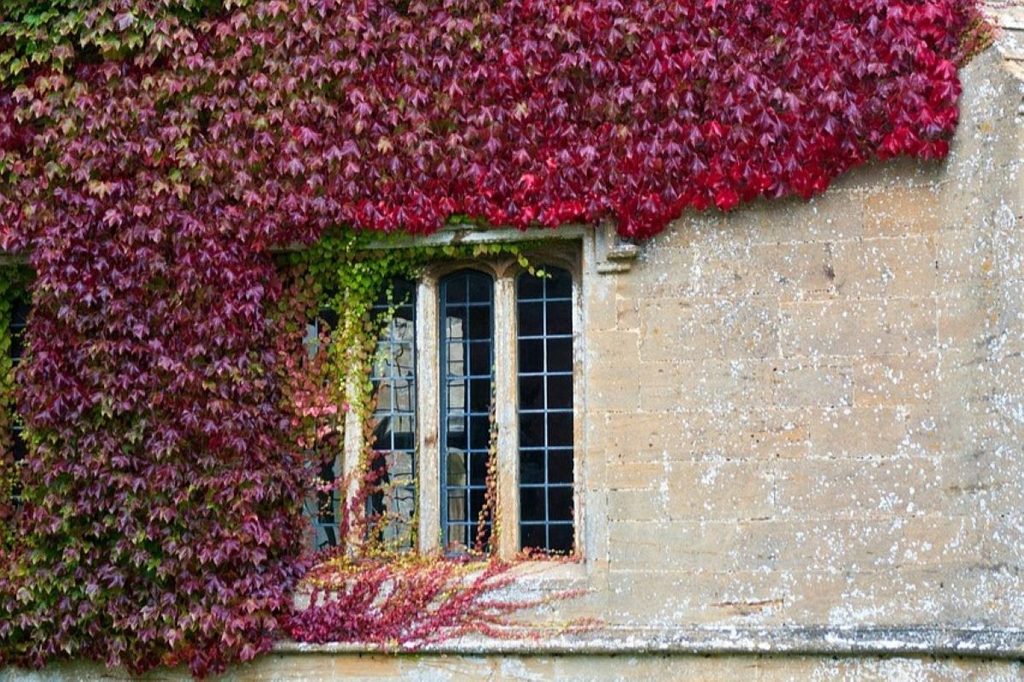
Despite its name, Boston ivy is not native to Boston, nor is it a true ivy. It’s actually a member of the grape family. However, this plant looks remarkably like ivy and has a similar growth habit. Unlike English ivy, Boston ivy enjoys full sun, except in the hottest climates where its leaves might become sunburnt. Like other types of ivy and ivy-like plants, Boston ivy is a quick and vigorous grower and can spread out of control without regular pruning. Unlike true ivy, Boston ivy is deciduous. During autumn, its leaves turn a brilliant red color, making for a stunning display no matter where it’s planted.
Virginia creeper
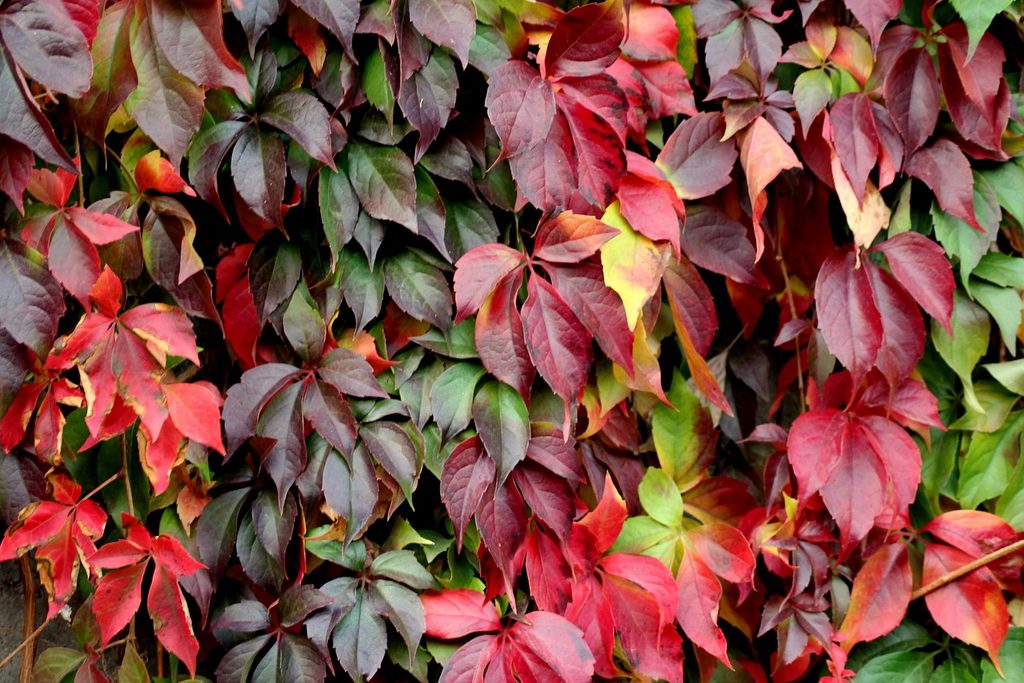
Virginia creeper, also called Virginia ivy, is another member of the grape family that is called an ivy. Unlike its cousin, Boston ivy, Virginia ivy is native to its namesake and can be found growing wild all across the Eastern U.S. Virginia ivy doesn’t look like other types of ivy, including its relative Boston ivy, as its leaves grow in clusters of five. Additionally, it is deciduous, with leaves that turn a deep red or auburn color in autumn. Alongside this stunning foliage are beautiful blue berries that birds love, but they are harmful to mammals. If you have children or pets who enjoy snacking on berries, it might be a good idea to skip this ivy.
Irish ivy
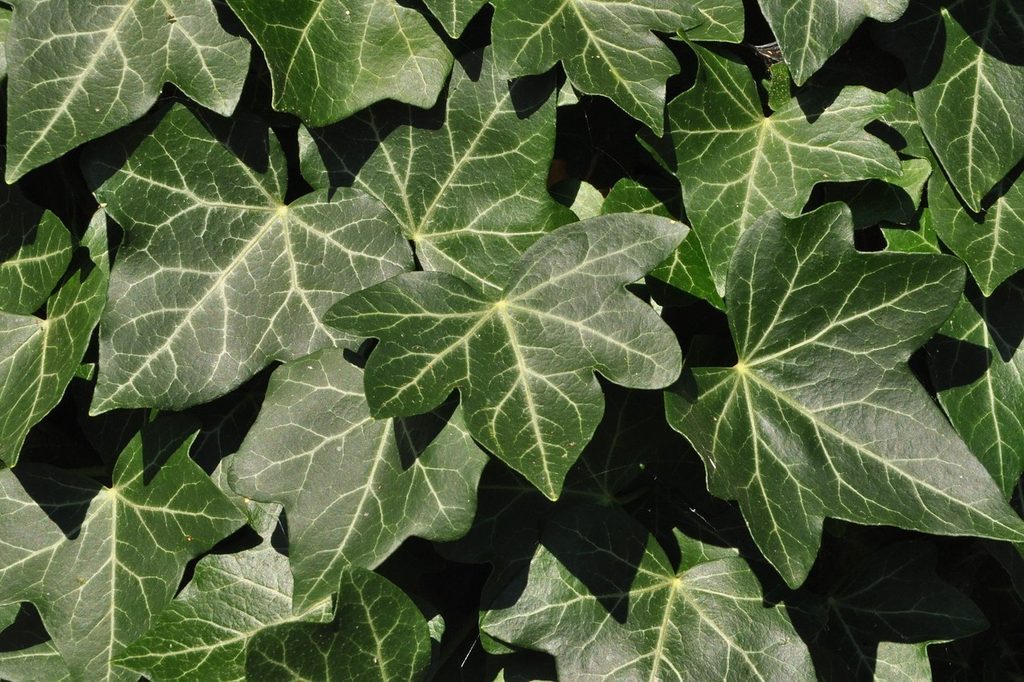
Irish ivy is a true ivy and a relative of English ivy. It’s quite similar to English ivy. Irish ivy grows quickly, is evergreen, prefers shade or partial shade, and has leaves that come in many shades of green. However, Irish ivy tends to have larger leaves than English ivy. This means your Irish ivy plant can cover more space than other types of ivy, and the leaves can be seen more distinctly at a distance. For this reason, Irish ivy might be a better choice for a public-facing display. Like other ivies, Irish ivy can grow too wild and escape your garden if it isn’t kept contained through careful pruning.
Persian ivy
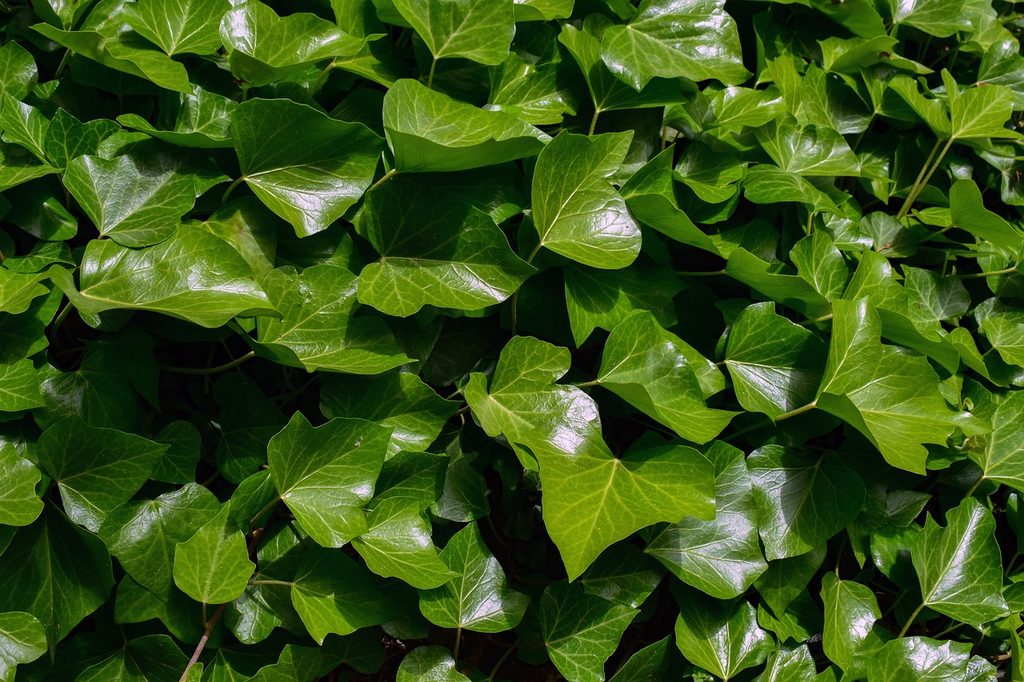
Persian ivy stands out from other types of ivy with its thick, glossy leaves that are larger and rounder than other ivies. Its leaves can almost appear heart shaped at times, with smaller or younger leaves taking on a sleeker oval shape. Persian ivy tends to be a darker green than other ivies, but it grows just as vigorously as other types of ivy. Persian ivy is more tolerant of both deep shade and full sun than most types of ivy, making it an adaptable and versatile option. This adaptability makes it more likely to escape confinement, however, as you can’t count on adverse conditions keeping it in check.
Baltic ivy
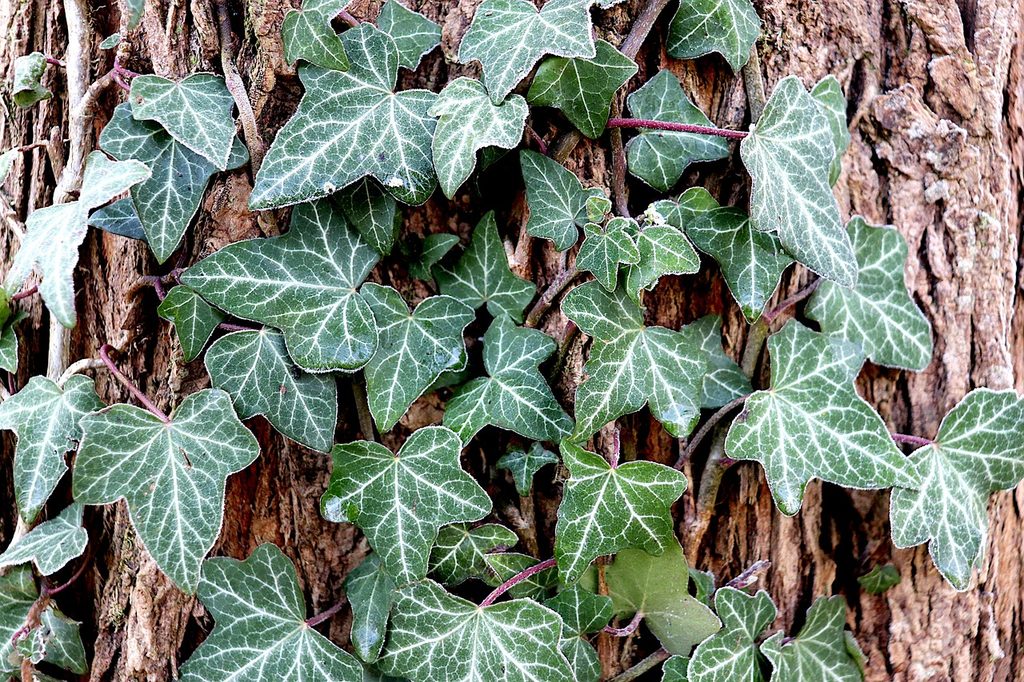
Baltic ivy is another true ivy, with lovely dark green leaves that have white or pale green veins. Baltic ivy is set apart by its leaf size, however. It has smaller leaves than other types of ivy, and while it’s evergreen, its leaves change color in the autumn. Its leaves take on a dark reddish-orange or even slightly purple appearance in autumn. While it grows as vigorously as other ivies, its smaller size makes it a good option for growing in containers or indoors, since the smaller leaves are less likely to completely cover the container it’s growing in.
These six types of ivy aren’t the only ivy varieties available, but they are a great place to start. Whether you’re looking for an elegant ivy to climb an accent wall or a charming one to cover a garden archway, one of these is sure to fit your needs. Ivy is an easy plant to grow, but remember that it can spread quickly if left unchecked! If you want a climbing vine that’s easier to control, why not try growing bougainvillea?


